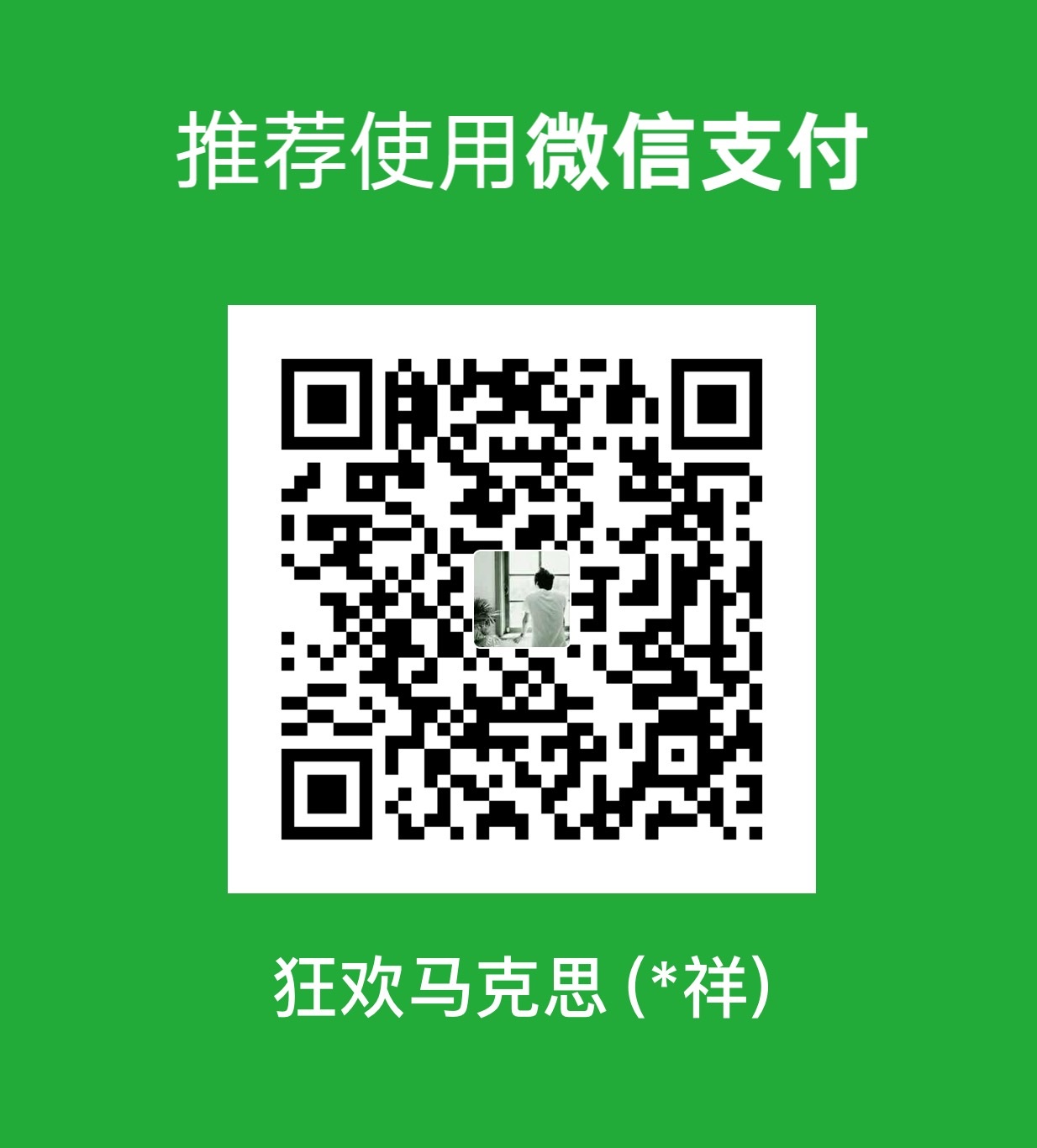插槽可以说是 Vue 中非常重要的一部分吧,在我学习和练习的过程中,当组件搭配着插槽一起使用的时候,会发挥的更好一些。更多时候也会更加方便。 今天介绍Vue中三种插槽吧:默认插槽、具…
#### 前言
插槽可以说是 Vue 中非常重要的一部分吧,在我学习和练习的过程中,当组件搭配着插槽一起使用的时候,会发挥的更好一些。更多时候也会更加方便。
今天介绍Vue中三种插槽吧:默认插槽、具名插槽、作用域插槽。
环境准备
先搭个初始环境给大家看看哈。一步一步讲完这个插槽。
就是写了一个类别组件,分别渲染这三种数据。
Category组件
1
2
3
4
5
6
7
8
9
10
11
12
13
14
15
16
17
18
19
20
21
22
23
24
25
26
| <template>
<div class="category">
<h1>{{title}}</h1>
<ul>
<li
v-for="(item,index) in listData"
:key="index">{{item}}</li>
</ul>
</div>
</template>
<script>
export default {
props: {
listData:Array,
title: String
}
}
</script>
<style scoped>
.category{
width: 200px;
height: 300px;
background-color:pink;
}
</style>
|
App组件
1
2
3
4
5
6
7
8
9
10
11
12
13
14
15
16
17
18
19
20
21
22
23
24
25
26
27
28
29
30
31
32
33
34
35
36
| <template>
<div id="app">
<Category :listData="games" :title="'Games'" />
<Category :listData="movies" :title="'Movies'" />
<Category :listData="foods" :title="'Foods'" />
</div>
</template>
<script>
import Category from './components/Category.vue'
export default {
name: 'App',
components: {
Category
},
data () {
return {
games:['穿越火线','qq飞车','洛克王国'],
movies:['你好,李焕英','青春派','匆匆那年'],
foods:['邵阳米粉','长沙茶颜','重庆火锅']
}
}
}
</script>
<style>
#app {
font-family: Avenir, Helvetica, Arial, sans-serif;
-webkit-font-smoothing: antialiased;
-moz-osx-font-smoothing: grayscale;
text-align: center;
color: #2c3e50;
margin-top: 60px;
display: flex;
justify-content: space-between;
}
</style>
|
最开始就是如上图一样的需求,但是现在业务需求更改了,电影变成了只宣传其中一个,其他的不进行宣传,吃的也变成只宣传一个拉。
如下图:
我们怎么改合适呢?
是在
组件中加
一个个进行判断吗?还是有更好的方法勒???
一个个判断是不行的,那样子代码会变得十分繁杂,不易阅读,万一以后又要更改业务需求,代码都不好动。
接下来就到默认插槽的出现拉。
一、默认插槽
我们在子组件中不用再用
接收数据,也不做渲染,而是定义一个插槽。
1
2
3
4
5
6
7
8
9
10
11
12
13
| <template>
<div class="category">
<!-- 定义插槽,插槽默认内容 -->
<slot>如果当父组件不传值过来,即显示此默认</slot>
</div>
</template>
<script>
export default {
props: {
}
}
</script>
|
App组件也作出更改
1
2
3
4
5
6
7
8
9
10
11
12
13
14
15
16
17
18
19
20
21
22
23
24
25
26
27
28
29
30
31
32
33
34
35
36
37
38
39
40
41
42
43
44
45
46
47
48
| <template>
<div id="app">
<Category>
<h1>Games</h1>
<!-- <ul>
<li v-for="(item, index) in games" :key="index">{{ item }}</li>
</ul> -->
<img src="https://gimg2.baidu.com/image_search/src=http%3A%2F%2Fi0.hdslb.com%2Fbfs%2Farticle%2Fb352264fa7bfdb6d211f2e71e87cc2c48d85b805.jpg&refer=http%3A%2F%2Fi0.hdslb.com&app=2002&size=f9999,10000&q=a80&n=0&g=0n&fmt=jpeg?sec=1639931135&t=0b2c6c622c84a1e387196cce8f50455e">
</Category>
<Category>
<h1>Movies</h1>
<img class="movies" src="https://gimg2.baidu.com/image_search/src=http%3A%2F%2Finews.gtimg.com%2Fnewsapp_bt%2F0%2F13236694597%2F641.jpg&refer=http%3A%2F%2Finews.gtimg.com&app=2002&size=f9999,10000&q=a80&n=0&g=0n&fmt=jpeg?sec=1639931502&t=f89c2197bda9bb129d9404d3c4b30f2f">
<!-- <ul> -->
<!-- <li v-for="(item, index) in movies" :key="index">{{ item }}</li> -->
<!-- </ul> -->
</Category>
<Category>
<h1>Foods</h1>
<ul>
<li v-for="(item, index) in foods" :key="index">{{ item }}</li>
</ul>
</Category>
<!-- 当我们什么都没有写的时候,看展示什么 -->
<Category>
</Category>
</div>
</template>
<script>
import Category from './components/Category.vue'
export default {
name: 'App',
components: {
Category
},
data () {
return {
games:['穿越火线','qq飞车','洛克王国'],
movies:['你好,李焕英','青春派','匆匆那年'],
foods:['邵阳米粉','长沙茶颜','重庆火锅']
}
}
}
</script>
|
显示效果:
解释:
我们在子组件写了一个
1
| <slot>如果当父组件不传值过来,即显示此默认</slot>
|
标签,此处就相当于占了一个位置。
我们在父组件中,也不再像之前一样
写自闭和标签,而是写了非自闭和标签
1
| <Category> 内容 </Category>
|
。这样做,Vue就会默认的将写在组件标签中的内容渲染完,然后再放回子组件中的
占好位置的地方去。
:CSS样式写在父组件或者子组件中都是可以的,因为它是渲染完后才放回子组件中的。写在子组件中,就是在放回子组件中时渲染。
写完这里,客户突然觉得你们这么厉害,不满足啦,又开始给你们整幺蛾子。
接下来就又到具名插槽登场啦哈。
二、具名插槽
竟然我们能够想到用一个插槽啦,那么为什么不能想着用两个插槽来试一试勒?
改造子组件
1
2
3
4
5
6
7
8
9
10
11
12
13
14
| <template>
<div class="category">
<!-- 必须加上名称 在父组件中才能指定要放入那个插槽 这也是为什么叫做具名插槽的原因--->
<slot name="slot1">如果当父组件不传值过来,即显示此默认</slot>
<slot name="slot2"></slot>
</div>
</template>
<script>
export default {
props: {
}
}
</script>
|
父组件
1
2
3
4
5
6
7
8
9
10
11
12
13
14
15
16
17
18
19
20
21
22
23
24
25
26
27
28
29
30
31
32
33
34
35
36
37
38
39
40
41
42
43
44
45
46
47
48
49
50
51
52
53
54
55
56
57
58
59
| <template>
<div id="app">
<Category>
<template slot="slot1">
<h1>Games</h1>
<img src="https://gimg2.baidu.com/image_search/src=http%3A%2F%2Fi0.hdslb.com%2Fbfs%2Farticle%2Fb352264fa7bfdb6d211f2e71e87cc2c48d85b805.jpg&refer=http%3A%2F%2Fi0.hdslb.com&app=2002&size=f9999,10000&q=a80&n=0&g=0n&fmt=jpeg?sec=1639931135&t=0b2c6c622c84a1e387196cce8f50455e"
/>
</template>
<template slot="slot2">
<button > qq登录</button>
<button > 微信登录</button>
</template>
</Category>
<Category>
<template slot="slot1">
<h1>Movies</h1>
<img
class="movies"
src="https://gimg2.baidu.com/image_search/src=http%3A%2F%2Finews.gtimg.com%2Fnewsapp_bt%2F0%2F13236694597%2F641.jpg&refer=http%3A%2F%2Finews.gtimg.com&app=2002&size=f9999,10000&q=a80&n=0&g=0n&fmt=jpeg?sec=1639931502&t=f89c2197bda9bb129d9404d3c4b30f2f"
/>
</template>
<template slot="slot2">
<button > 点击购票</button>
</template>
</Category>
<Category>
<template slot="slot1">
<h1>Foods</h1>
<ul>
<li v-for="(item, index) in foods" :key="index">{{ item }}</li>
</ul>
</template>
</Category>
<!-- 当我们什么都没有写的时候,看展示什么 -->
<Category> </Category>
</div>
</template>
<script>
import Category from './components/Category.vue'
export default {
name: 'App',
components: {
Category
},
data () {
return {
games:['穿越火线','qq飞车','洛克王国'],
movies:['你好,李焕英','青春派','匆匆那年'],
foods:['邵阳米粉','长沙茶颜','重庆火锅']
}
}
}
</script>
|
效果展示
解释:
我们可以在组件中放多个slot,但是多个的时候必须要给他们命名,另外父组件中也要进行指定,这样才不会放不进去。
三、作用域插槽
作用域插槽和前面稍稍有点不同,之前都是数据在父组件中,而作用域插槽是数据在子组件中,反过来传递给父组件,让父组件定义结构进行渲染。
改造的子组件
1
2
3
4
5
6
7
8
9
10
11
12
13
14
15
16
| <template>
<div class="category">
<slot name="slot1">如果当父组件不传值过来,即显示此默认</slot>
<slot name="slot2" :foods="foods">如果当父组件不传值过来,即显示此默认</slot>
</div>
</template>
<script>
export default {
data () {
return{
foods:['邵阳米粉','长沙茶颜','重庆火锅']
}
}
}
</script>
|
父组件
1
2
3
4
5
6
7
8
9
10
11
12
13
14
15
16
17
18
19
20
21
22
23
24
25
26
27
28
29
30
31
32
33
34
35
36
37
38
39
40
41
42
43
44
45
46
47
48
49
50
51
52
53
54
55
56
| <template>
<div id="app">
<Category>
<template slot="slot1">
<h1>Foods</h1>
</template>
<template slot="slot2" scope="listData">
<!--如果不知道的 咱们可以输出看看这是什么· {{listData}} -->
<ul>
<li v-for="(item, index) in listData.foods" :key="index">
{{ item }}
</li>
</ul>
</template>
</Category>
<Category>
<template slot="slot1">
<h1>Foods</h1>
</template>
<template slot="slot2" scope="listData">
<ol>
<li v-for="(item, index) in listData.foods" :key="index">
{{ item }}
</li>
</ol>
</template>
</Category>
<Category>
<template slot="slot1">
<h1>Foods</h1>
</template>
<template slot="slot2" scope="listData">
<h4 v-for="(item, index) in listData.foods" :key="index">
{{ item }}
</h4>
</template>
</Category>
<Category>
<template slot="slot1" scope="listData">
{{listData}}
</template>
</Category>
</div>
</template>
<script>
import Category from './components/Category.vue'
export default {
name: 'App',
components: {
Category
}
}
</script>
|
效果图
这种我在学习及练习过程中,并没有想到哪些使用场景,但是在官网上有案例,我想它必定是有存在的理由,只是我的见识太少,而未能利用到而已。
解释:
子组件中通过
向父组件传值,父组件用
1
| <template slot="slot2" scope="不用和子组件传递过来的名称相同">
|
接收,因为还要. 一层,才到
1
2
3
4
5
6
7
8
9
| <template slot="slot2" scope="listData">
<!--如果不知道的 咱们可以输出看看这是什么· {{listData}} -->
<ul>
<li v-for="(item, index) in listData.foods" :key="index">
{{ item }}
</li>
</ul>
</template>
|
后语
大家一起加油!!!如若文章中有不足之处,请大家及时指出,在此郑重感谢。
本文标题: Vue中 Slot 插槽的使用,同样也可以实现父子组件之间通信
本文作者: OSChina
发布时间: 2021年11月23日 02:39
最后更新: 2025年07月13日 05:44
原始链接: https://haoxiang.eu.org/baca2438/
版权声明: 本文著作权归作者所有,均采用CC BY-NC-SA 4.0许可协议,转载请注明出处!

